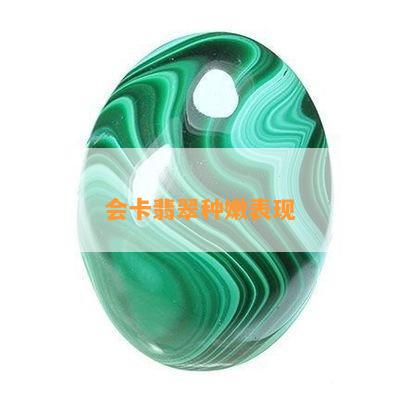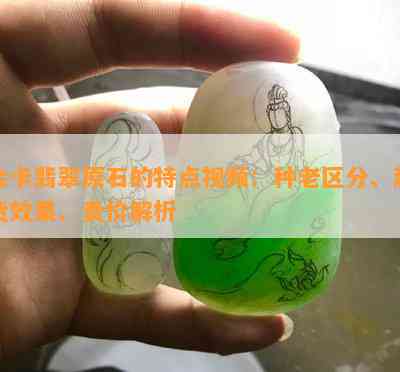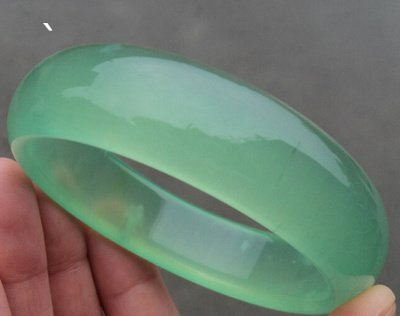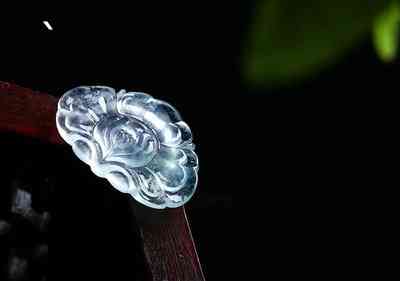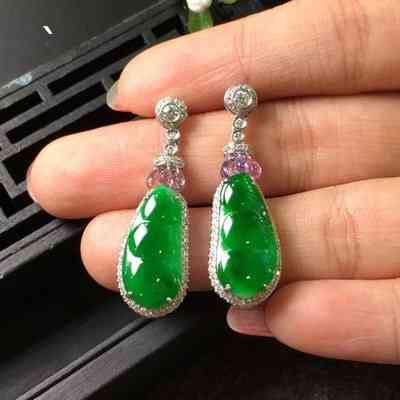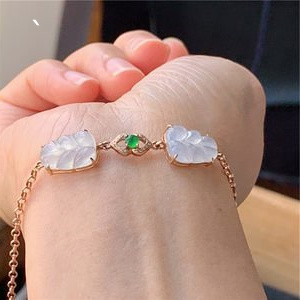会卡翡翠原石种老区分及切开图片、特征、起货效果和好不好
1. Introduction
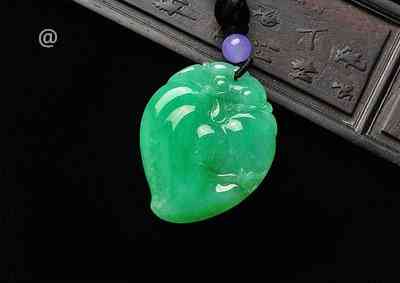
Jadeite is a mineral that has been treasured for centuries in Chinese culture and is highly valued for its beauty and properties. However, identifying and differentiating jadeite types can be challenging, and requires expertise and experience. This article will discuss how to distinguish old jadeite types based on their characteristics, cutting styles, and overall quality, as well as the potential effects they may have on the market.
2. Different types of jadeite
2.1. Traditional jadeite types
Traditional jadeite types are typically categorized into three types: icy, oily, and mutton-fat. These categories are based on the gemstone's color, translucency, and texture. The icy jadeite type has a clear and colorless earance which is similar to that of ice. When exposed to light, the gemstone ears to have a soft glow. The oily jadeite type is more opaque and has a waxy look due to its high degree of translucency. The mutton-fat jadeite type, on the other hand, is opaque and ears to be white with an oily sheen.
2.2. Modern jadeite types
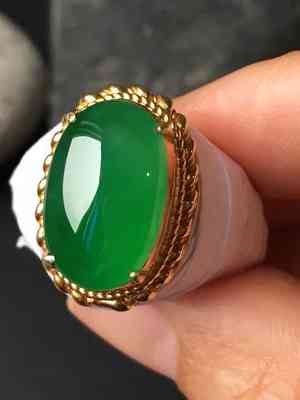
In recent years, modern jadeite types have emerged that are not necessarily classified by color and texture but rather by the cutting style of the stone. Examples include the \"honeycomb\" style, which has a pattern resembling that of a honeycomb, and the \"watermark\" style, which has a pattern resembling that of watermarks.
3. Characteristics and cutting styles of jadeite
3.1. Icy jadeite type
Icy jadeite type has excellent translucency, and the color seems to be \"frozen\" inside the stone. When cut and polished, icy jade will reveal the stone's natural texture. The stone's natural texture can ear to look like a vein of clouds or light. This texture is a reflection of the changes in the stone's formation process. When cutting an icy jadeite, it is commonly made into a cabochon, beads, or carvings.
3.2. Oily jadeite type
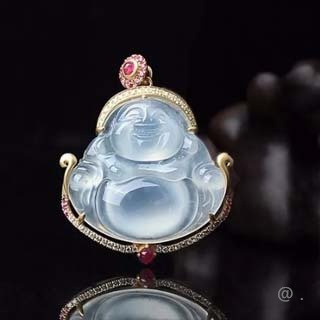
The oily jadeite type can be further distinguished into three subtypes. The first subtype is the \"chicken oil yellow,\" which ranges in color from light to dark yellow. The second subtype is the \"pigeon blood red,\" which ranges in color from bright red to deep red. The third subtype is the \"le green,\" which ranges from light green to dark green. Oily jadeite has a waxy look and is often used in carvings that focus on the beauty of texture and color.
3.3. Mutton-fat jadeite type
Mutton-fat jadeite type is a kind of jade with a thick, milky earance. It has a unique opaque texture and resembles melted fat or a snowy nightfall. Mutton-fat jade is used in carvings and beads, particularly in traditional Chinese art styles.
4. The market effects and quality of jadeite types
4.1. Icy jadeite market
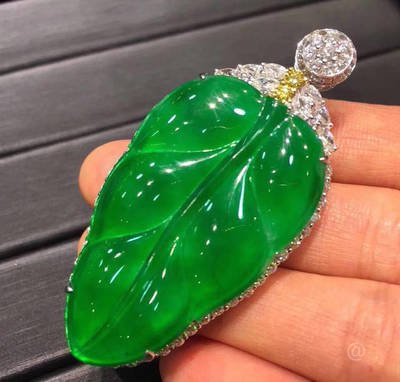
In recent years, the icy jadeite market has experienced a steady increase, and demand remains high. In general, the price of this type of jadeite is higher than other types due to its rarity and the difficulty in obtaining high-quality stones. Icy jadeite is not commonly used in large carvings; instead, it is commonly used in smaller art pieces, such as rings and pendants.
4.2. Oily jadeite market
The oily jadeite market is also highly sought after, with various subtypes being prized for their unique colors and textures. However, the price range for oily jadeite is more diverse, depending on the quality and rarity of the stone. Generally, oily jadeite is used in larger carvings and sculptures.
4.3. Mutton-fat jadeite market
Mutton-fat jadeite is now less common in the market, especially high-quality pieces. While previously favored by collectors, the demand for mutton-fat jade is slowly decreasing due to changes in fashion styles and trends.
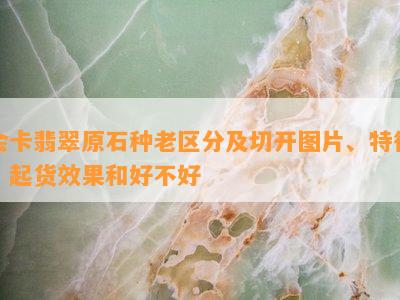
5. Conclusion
Jadeite remains a highly valuable and sought after gemstone. As discussed in this article, the identification and differentiation of jadeite types can be complicated and requires expertise and experience. The quality and rarity of each type can affect the market demand and price range. Therefore, when choosing jadeite, it is essential to choose quality over quantity, understanding the different types, their characteristics, and the potential value they may have in the market.

